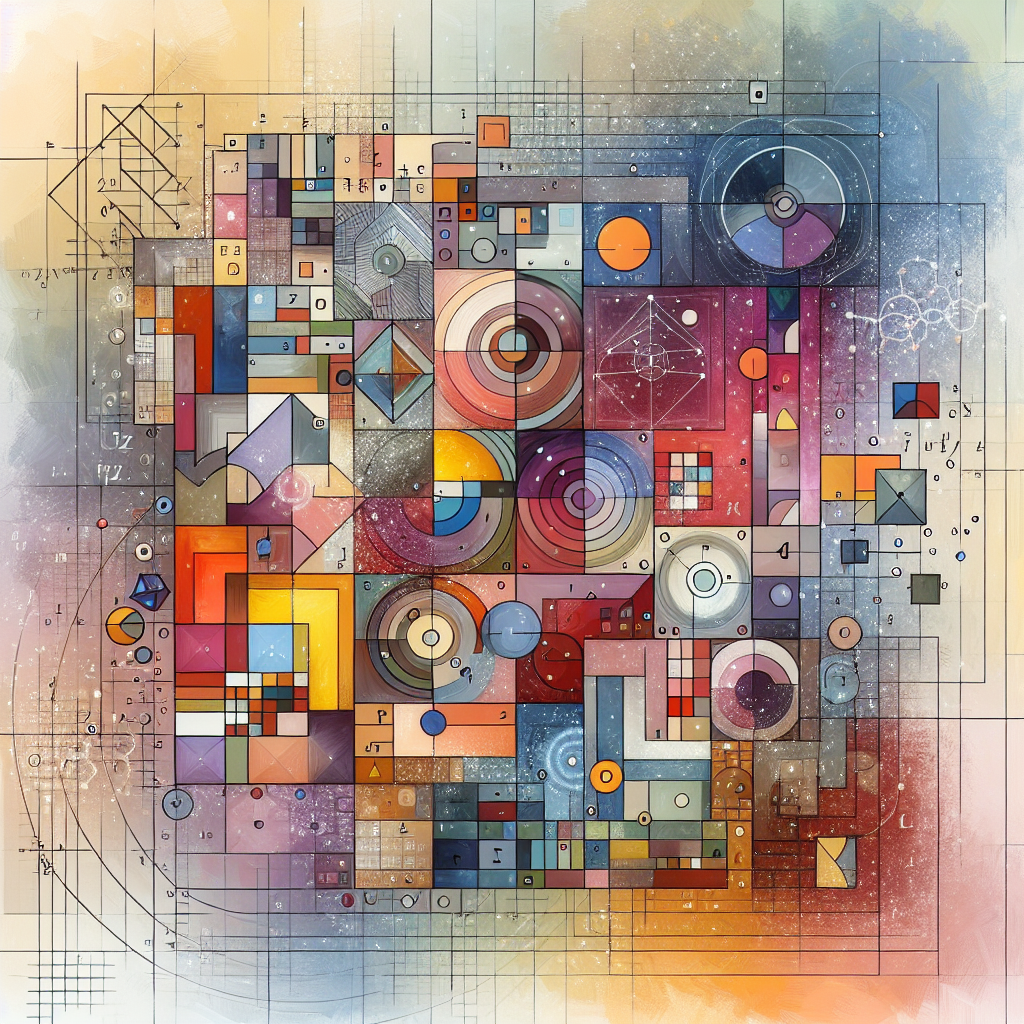Integrating Change: Tribals in Andaman and Nicobar
The gradual integration of Particularly Vulnerable Tribal Groups (PVTGs) in the Andaman and Nicobar Islands into mainstream society has prompted mixed reactions. Experts worry about potential exploitation, while others see education as crucial for adaptation. The involvement of tribes like Shompens and Great Andamanese in societal activities, such as voting, reflects a significant shift.

- Country:
- India
The gradual integration of tribals in Andaman and Nicobar Islands into mainstream society has sparked mixed reactions among experts, some of whom voice concerns about potential exploitation by outsiders. Others argue the integration is necessary for the tribes' survival, emphasizing the importance of education to help them adapt to societal changes.
This trend is particularly evident among Particularly Vulnerable Tribal Groups (PVTGs) such as Shompens, Jarawas (Ang), Onges, and the Great Andamanese, who traditionally live in reserved dense forests off-limits to non-tribals. A significant milestone occurred on April 19, 2024, when seven Shompens, including Nauaaw, voted in the Lok Sabha elections for the first time.
Population displacement concerns arise with the proposed Rs 72,000-crore international transshipment project in Nicobar Island. However, officials assure that Shompens have moved deeper into the jungles post the 2004 tsunami, keeping the project away from their habitats. Some Shompens are engaging more with the outside world, signified by their participation in voting and interaction with government caretakers.
(With inputs from agencies.)










